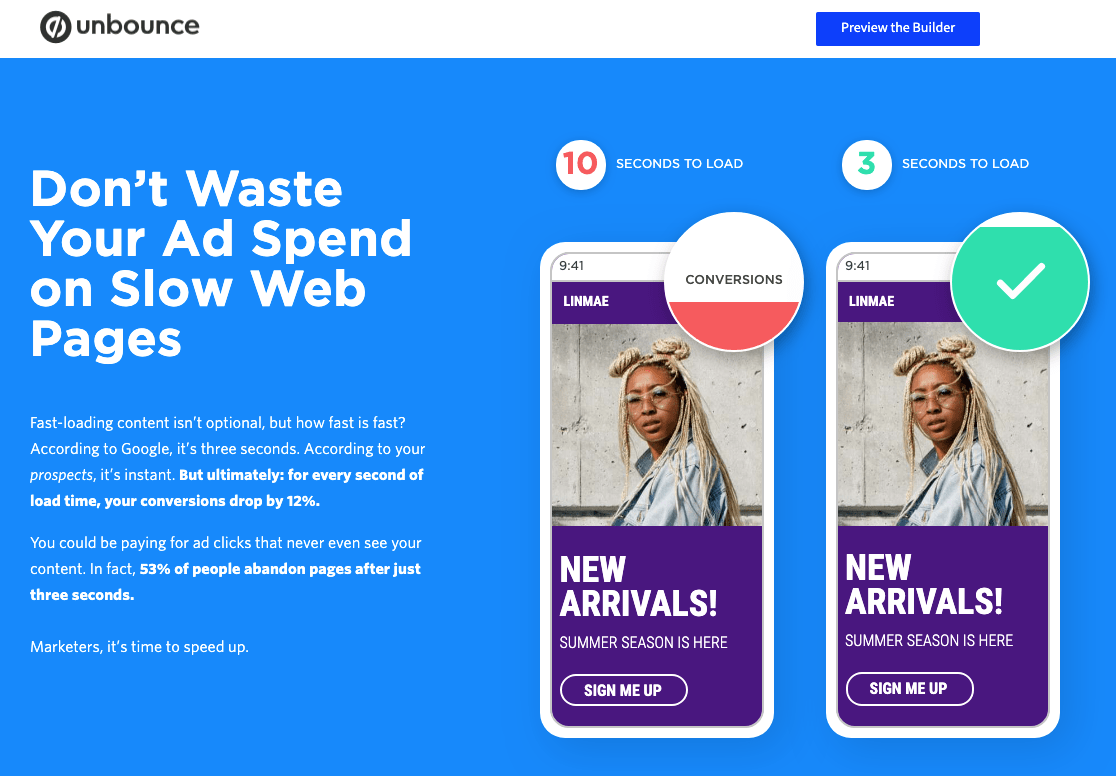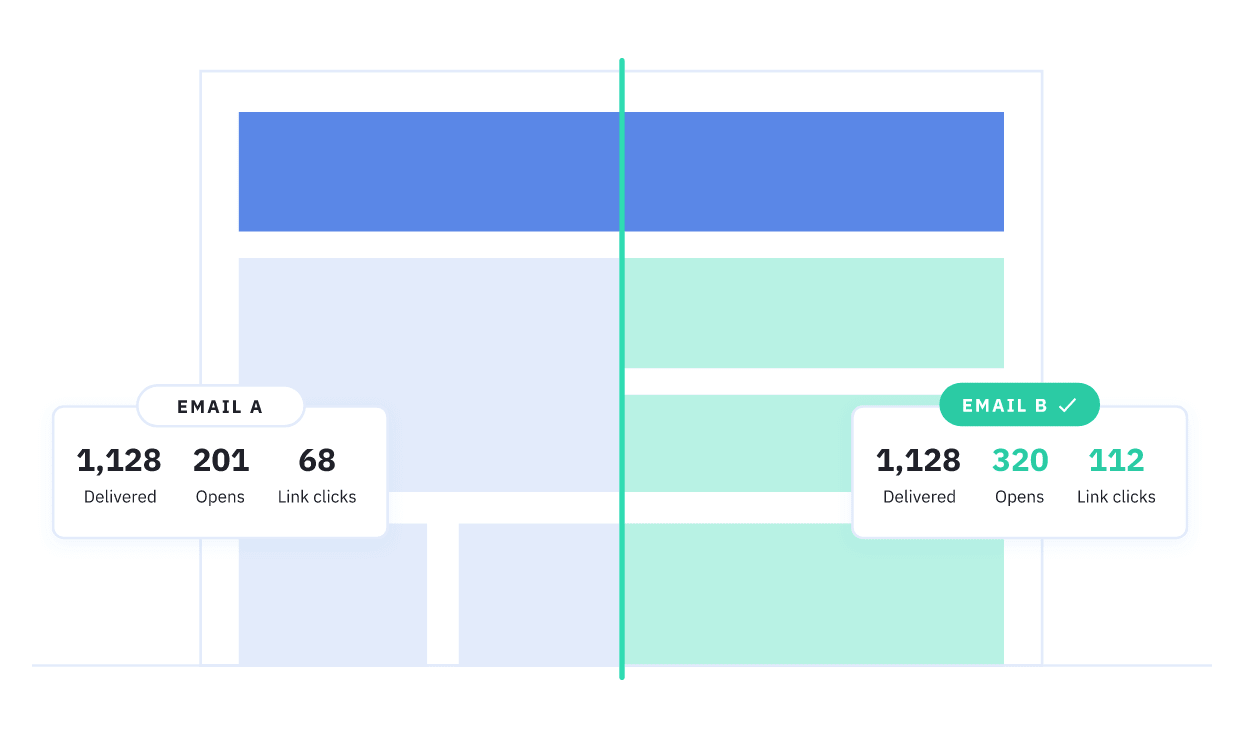I recently saw a thread on an Internet marketing forum about a website owner who was, well… confused.
His problem was that he was getting four million visits to his website per month. He had been regularly publishing epic content, and his hard work paid off when a few big-time viral content and news sites shared his content and brought him a huge following. But there was a catch…
 Image Credit: Dan Machold
Image Credit: Dan Machold
His site was making $4,000 – $6,000 per month. 4,000,000 visitors. 4,000 dollars. His question: how can I scale the amount of traffic I receive up so I can earn more money?
Um, hello? You’ve already got four million people visiting your website every month.
I told him three words: Conversion rate optimization.
If you’re unfamiliar with the term, here’s the best way of phrasing it: Traffic generation is what you get. Conversion optimization is what you do with it. Turns out, what you do with what you get is significantly more important than how much you get. Increasing your earnings per visitor by $1.07 can have a way bigger impact on your revenue than just increasing your traffic by 10,000 pageviews per month (which, by the way, is a much simpler task).
To get you started with conversion optimization, here’s a giant list of 101 valuable, actionable tips on conversion rate optimization, divvied up into five sections: color psychology (what colors convert best), copywriting tips (what words and writing techniques help you sell better), sales funnel & landing page streamlining (making the conversion from visitor to dollars in the bank simpler), split-testing (seeing what works), and a few miscellaneous general tips.
These tips go beyond the general “have a professional design” — these are actionable, specific steps you can take to improve your website conversions today. I highly recommend that you bookmark this page and refer back to it constantly.
Ready for it? Let’s begin!
Color Psychology
 Image credit: Steven S. via Flickr.
Image credit: Steven S. via Flickr.
- Different colors mean different things and convey different emotions.
- Yellow grabs the attention of Internet “window-shoppers” and works best with youth.
- Red creates an emotion of urgency (great for limited-time sales and discounts).
- Blue promotes trust, security, and relationship, which is why banks often use the color blue in their logo.
- Orange works best for call-to-actions (buy now, subscribe, etc.)
- Pink is for the ladies (appeals to feminine nature and is associated with romance).
- Black is expensive and for the wealthy. As it turns out, black sedans are more luxurious than blue sedans because, well, they’re black.
- Purple calms people down. It’s a favorite with anti-aging product vendors, but aside from that it’s a pretty rare color for the web.
- Red, orange, black, and light blue are for the impulse buyers — the people who buy something just as soon as they see it. Those colors are for you if you market “fun” items, kinda like this website.
- Dark blue and teal (teal is a bit of a cross between blue and green) are for the sensible shoppers who maintain strict budgets.
- Pink, rose, and very light blue are for “normal” buyers, the guys and gals in between impulse and budget.
- Red produces 21% more squeeze page conversions than green (in certain niches).
- Kids are more affected warm colors (red, orange, yellow) than by cool colors (black, brown, green).
- Males like bright & ecstatic tints.
- Women like soft & soothing shades.
Copywriting Conversion Tips
 Image credit: Lucas via Flickr.
Image credit: Lucas via Flickr.
- Use power words.
- Don’t talk about what you do. Talk about why the customer needs you.
- Focus on your benefits, not on what your prospect will lose if they don’t use your product or service.
- Before writing any of the real copy, write down the benefits and solutions your product/service provides.
- Write for scanners, not for readers. People skim. Nobody really reads every word you write online.
- Bullet points and ordered lists help a viewer recognize important points and skim better.
- Format your text to highlight something.
- Pictures are worth a thousand words. Especially the ones that come with graphics and text, like infographics.
- Cut to the chase. If you can say it in a 100 words, don’t take 200 words …
- … but even so, the more content, the better. More content (notice: NOT more word count, although the two are closely related) equals more perceived value, which leads to higher conversions.
- Ad copy that asks questions get a higher CTR. Example: 27% of elderly America is afflicted by rheumatism. Are you gonna have cranky joints when you’re 60?
- When you write copy, think of your site as a whole — don’t write and optimize page-by-page.
- Verbs should be your focus, not adjectives. Accelerate your income > Make your income grow waaaay faster.
- Use “you, free, instantly, because, and new“. A lot.
- Tell a story. A funny one that engages viewers and connects with them.
- Write in the second person (YOU get benefits, not WE provide benefits).
- A little humor never hurt any copywriting.
- Every word you write should have a purpose. Every word on the page you’re reading right now has a purpose, excepting this one.
- The first headline that comes to mind usually isn’t the best one. Draft at least a few good headlines before setting on any one.
- Numbers in headlines work fantastic. 101 Conversion Optimization Tips vs. Lots of Conversion Optimization Tips — which do you think is better? Yeah, me too.
- Surprise them. Look — there are 1.7 billion pages of content on the internet. If you don’t surprise your readers and somehow catch their attention, there’s little chance they’ll convert.
- Be specific. This health program will decrease your body fat by 47%! Or, better yet: See how Michael went from 32% body fat to 11% in just THREE weeks!
- Curiosity converts the visitor. Leave them on the edge of the cliff — to learn whatever they need to learn to satisfy their curiosity, they’ll have to convert (this also works for headlines).
- The “about” page of your site needs to be one where you showcase your personality more than anywhere else. Visitors judge your company by your about page.
- Use a Topic: Reveal More About the Topic formula when writing headlines. Example: Big-Time Beginner Marketers: 25 Million-dollar CEOs Under 25.
- Using multimedia in your blog posts increases engagement by 21%.
- Long-form copy converts better with higher-quality leads … sometimes.
- Plan all your pages of copy before writing any single one.
- Use some of the same copy as your sales letter in an e-mail to your list. It’s called congruency.
- Use “add to cart” — not “buy/purchase” now. Since “buy now” denotes more of a commitment, viewers are less likely to click.
- Longer blog posts get more shares on social media, links from authority websites, and higher rankings on Google (hence this 101-tip monster).
- Black text on a white background beats white on black any day. Human eyeballs are used to black on white — there’s no reason why they should adjust just for your site.
Sales Funnel & Landing Page Tips
- Adding more hoops for the prospect to go through before qualifying doesn’t always decrease conversions. Plus, it’s almost sure to increase lead quality.
- Obama increased conversion rates on a website of his by adding buttons instead of a full form. That goes to show that while more hoops work in some niches, less can be more in other ones (flexibility is key).
- Create different landing pages for different user types from different traffic sources. What works for one demographic might not work for the next.
- On each landing page, there should be exactly one thing that you want people to do. If there are multiple elements/actions competing for the user’s attention, you’re doing something wrong.
- If you do use long-form copy, repeat the CTA at the bottom of the page (or even a couple times in the middle if you have REALLY long copy).
- Often, the plain Janes produce more conversions than sleek Sallies. In other words, it’s okay to be ugly.
- On a confirmation/thank-you page, add a free bonus. A good one. Surprises make you memorable (at least, good ones do).
- Flowr increased their conversions by .5% (half a percent) by adding a phone number to their home page. That doesn’t sound like much, but for two minutes of work it’s definitely worth it in the long run.
- Your copy, your blog posts, and even your privacy policy/T&C should all be written in layman’s language. Conjointly, refrain from excessive utilization of the type of terminology of which conjointly is a member (don’t use words like conjointly).
- Testimonials (especially from big brands and industry-leading names) boost your conversion rates by a lot. Just don’t go down the dark path and get dishonest with it.
- Associate your website with the big-name brands you’ve worked for by displaying their logos in full view.
- What stands out gets clicked. Meaning, your call-to-action button or link shouldn’t be the same as the rest of your design.
- Get insight from your colleagues and employees. Print out your landing page design, paste it in different rooms, and ask for advice. Most of what you’ll get will be junk, but there’s always that 1% of pure gold.
- That ridiculous slider/carousel shouldn’t be on your homepage. Only 1% of viewers ever click on one of the slides. Besides — it takes up valuable above-the-fold space you could use for stuff that’s actually important. Additionally, sliders create banner blindness (meaning, the eyeballs of a user unconsciously skip past it, as they automatically discount the slider as an unimportant advertising message … which it is).
Split (A/B) Testing Tips
 Image credit: IRRI via Flickr.
Image credit: IRRI via Flickr.
- According to Bryan Eisenberg, every website in the world has a problem with conversions. The job of split-testing and constantly improving your conversion rate will never end.
- Make a hypothesis (educated guess, in layman’s terms) before starting a test. You need to have the end goal in mind if you really want to end up anywhere.
- Before you run an A/B test, run an A/A one (just to ensure that your software is working properly).
- Run an A/B test with a video-based landing page and a text-based landing page.
- Try making your sign-up button a sticky — i.e. let it scroll with the user.
- Run an A/B/C/D test that looks at the optimal number of fields in your contact form/landing page for highest conversions.
- Does a 2/3/4 step checkout process work for your e-Commerce website?
- Check if your visitors convert better if they have a go at the real deal product with an actual interactive demo or video. Doing this increased Qualaroo’s conversion rate by 38%!
- If you offer a 30-day free trial, try shortening that length to 14 days. It worked for KISSMetrics (an emotion of urgency was created in the user due to the decreased free trial, so more of them ended up buying). It might work for you.
- Time-based offers work great, but we already know that. Time-based bonuses? Evidently, they work even better.
- Run an e-Commerce site? Increasing the size of your product image could increase conversions, VWO found out.
- Try testing your CTA on the left, right, and middle of the page.
General Conversion Optimization Tips
- Get feedback from your customers. The best way to know what’s going on in a customer’s head is to (you guessed it) ask them! Web Engage is a popular tool to get on-site anonymous feedback from viewers.
- Go the survey route. Set up a free account with Survey Monkey, create a survey, and get your business’s social following to take the survey (or pay to have it promoted). Incorporate the feedback into your website’s landing pages.
- Find out what visitors are searching for on your website. If they are continually searching for “contact us”, for example, it may be that your contact page should be placed a bit more prominently. Google Analytics allows you to see top search queries.
- Follow the 80-20 rule. 20% of your design elements can induce 80% of your conversions. Focus on improving that 20%.
- Change your pricing. NOTE: That doesn’t mean lower it. Often times, people won’t buy high-quality, low-cost items because they seriously don’t believe that you would give away so much quality at a low, low price. Don’t laugh — it happens.
- Copying what another website did to improve conversions blindly is plain foolishness. There is a very good chance that whatever worked for them won’t work for you. You should definitely use the advice and case studies out there, but not without A/B testing to ensure that what you do is actually beneficial to your bottom line.
- Think long-term, not short-term. Especially if you sell membership programs, it’s no good if you increase sales by 20%, but decrease lifetime customer value by 80% since they duck out after the first couple of months. Strike a balance between quality and quantity of leads.
- Try improving the quality of your traffic. Conversion optimization starts with the highest calibre of targeted traffic you can get.
- An image caption is the one thing that gets read no matter what the industry. Take advantage of that.
- Analyze the conversion rate optimization strategy your competitors employ. No, that’s not an excuse to copy them, but it’s a fantastic way to learn how specific design elements affect your industry.
- Use a heatmap tool like CrazyEgg that shows you where your visitors are clicking, and where they aren’t.
- Find out what keywords are bringing traffic to your site, and incorporate them into your call-to-actions. This especially produces results when you do it for a high-traffic blog post.
- Take a leaf out of Amazon’s book and use time-based offers. The shipping, for example — if you order XYZ hair-dryer within 7 hours and 27 minutes, you can get the XYZ hair-dryer by Saturday, March 22nd. It’s that emotion of urgency again that influences.
- Are you sure you need “We will send spam to your e-mail address” on your squeeze page or contact form? Contentverve included a similar phrase and ended up with a decrease of 18.70% in conversion rate. Even the thought that it’s even remotely possible for their personal information to be sold made viewers apprehensive about signing up. If you do use the phrase, change the wording around. Stay clear of “spam” and be authoritative. That resulted in an 19.47% increase in sign-ups for the same company.
- Test your viewer first with a microconversion, and then with a macroconversion. A microconversion, for instance, is getting them to share your blog post on social media, leave a comment, or even click-through to a webpage. A macroconversion involves subscribing to a mailing list, requesting a quote, setting an appointment, or buying a product.
- Have a call-to-action somewhere on every page. You should lead the visitor through your funnel by the hand — don’t let them just roam around without a purpose.
- Social proof is a rather important factor. Also, social proof isn’t just about having large social media followings (even though that’s definitely a big part of it); it’s also about your existing customer base, the amount of engagement on your site, etc.
- Put your money where your mouth is. See how offering a money-back guarantee affects your conversions.
- Instead of increasing the number of conversions you can produce, try increasing the lifetime value (LTV) of a customer.
- The footer of your website is extra real estate that you can’t just waste. If you use WordPress, remove that generic “Proudly powered by WordPress” and use it to include a call-to-action, add links to social profiles, or both.
- Direct your viewers to call-to-actions and forms visually. Lightboxes and even arrows are good options.
- Make the benefits of filling in a certain form clear. If a viewer doesn’t get anything out of filling in a form, how can you expect them to do so?
- Sell a solution, not a feature. Even though features help you to differentiate and stand out, focus your marketing message around the overall problem that your product solves (particularly if you’re in an obscure market).
- Add a picture of your team, your founder, or of somebody on your landing page. People want to see your face, and not just your logo. Oh, and, don’t use a stock photo. Please?
- Develop your brand visibility and web presence online through content marketing. By appearing on and being linked to by numerous different websites, you build a trust and credibility factor, which in turn increases conversions.
- Money talks. Making your website look expensive lets customers see that you’ve invested money into provided a better experience for them (besides — everybody loves playing around with Ajax).
- Exaggeration is never, ever, ever an option. Ever.
- Reduce the cost of getting a visitor to your site (optimize your PPC and ad campaigns).
Wrapping Up
Take a deep breath, and pat yourself on the back, because… you made it!
You’ve just read through 101 conversion rate optimization tips in a single stretch (imagine the sound of clapping colleagues in the background). You’ve done it. You’ve won. You’ve conquered conversions!
But that was the easy part – now it’s time to go put it into practice (extended groan as your mind wanders back to real life).
But first, a simpler task: leave us a note – which one of these is your favourite, or is there something we’ve missed?



